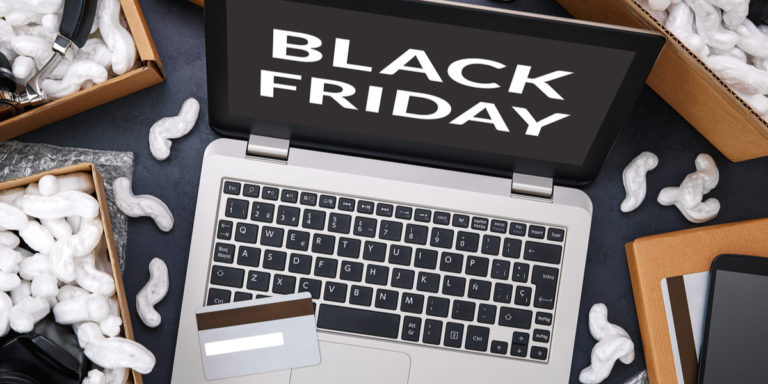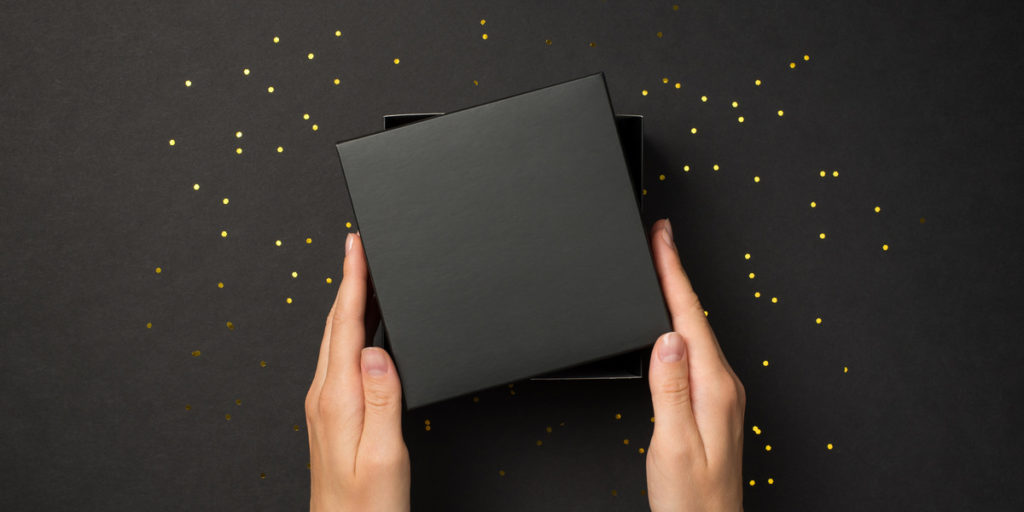The Black Friday 2021 debrief is still underway, with industry experts eager to determine how retailers and brands have fared in the wake of the pandemic. As 2020 was a year like no other, analysts certainly have their work cut out for them in trying to interpret Black Friday activity since they are no longer dealing with like-for-like data.
Last year shoppers were ushered online due to Covid restrictions on the high street, so sales figures were skewed, and early reports are indicating that online sales were down 14.3% this year for that exact reason. This year has seen supply chain disruptions, staffing shortages, and China’s factory slowdown — all of which have had varying effects on most retailers’ Black Friday and Cyber Monday strategies and campaigns. As a result, Black Friday/Cyber Monday statistics, particularly around customer behaviour may very well ring true to one retailer and not to another.
While it’s always good practice to see how consumers shopped this Black Friday across the industry as a whole, the best way to gain true insight into your own customer database is by looking inward.
Today, we’re going to look at how brands can analyse some of their own key Black Friday data to help kickstart their 2022 delivery strategy.
What Data Should Retailers Be Looking At?
There are so many metrics in eCommerce that it’s often hard to know what the true indicators for success are. For instance, it’s important to track sales revenue, that’s a no-brainer. But sales figures tell a much more in-depth, accurate story when they are studied in tandem with conversion rates – otherwise, you’re missing a huge piece of the puzzle. You’ll likely have a sea of Black Friday data at your fingertips, so before diving in, you need to determine exactly what it is that you’re looking for. By now, it’s likely that you’ve devised your business strategy for 2022. So how can Black Friday data make a difference? Set out specific goals, and work back from there using smart reporting as your guide.
Operational Efficiency
Let’s say that a big priority for your business in 2022 is to improve operational efficiency. Then you should be really honing in on warehouse analysis to see how many orders were sent from each warehouse, and what their geographic destinations were:
⬢ Should stock be allocated differently in the future?
⬢ Is Distributed Order Management being used to optimise fulfillment, and if not, should new rules be applied?
You should also be looking at label printing data:
⬢ How many labels were printed over the course of the promotion and what was the ratio of labels printed per user?
⬢ Can improvements be made here? Is there a need to increase headcount on your team, or could you use technology to streamline operations further?

Customer Experience
If improving customer experience is high on the agenda for 2022, take specific elements of the data you’ve collected over Black Friday (when your business was likely at its most stretched). Then plug actionable changes into your strategy. Look at your delivery success and failure rates. Track courier transit times and examine the touchpoints of packages from the first scan to delivery. Now, look at your customer service intel:
⬢ What channels were used most frequently by customers over Black Friday/Cyber Monday (live chat, web enquiry form, phone, email)?
⬢ What was traffic like on your FAQ webpage?
If a clear majority of enquiries were about the status of orders, then perhaps it’s worth looking at actioning some additional customer notification triggers along the delivery journey.
It’s also well worth digging into the specifics around exceptions:
⬢ How were transit delays handled during the Black Friday surge?
⬢ Were customers notified in a personalised manner? Were they incentivised to shop with you again, with a discount code?
⬢ Finally, is there anything that you can do to prevent, or reduce the number of exceptions occurring in the future?

Sustainability
Your Black Friday data can be really powerful if you’re trying to take steps to make your deliveries more sustainable. If you offer multiple delivery options, look at what proved to be most popular with customers over the promotional period:
⬢ Did you make any changes to your normal delivery options specifically for Black Friday? (e.g switching off next-day delivery or offsetting emissions at checkout) – what was the outcome, and should it have an effect on your long term strategy?
Perhaps you’ve only offered standard delivery up to now, and have noticed that the majority of enquiries over your Black Friday campaign were about failed deliveries, or looking for tracking updates – it might be worth introducing timed-delivery slots as a new option to customers.
It’s also a good time to review your package attributes, considering you likely dealt with large volumes over Black Friday/Cyber Monday. Drill down into the details for your packages, including weight, height, length and width.
⬢ If you use multiple carriers, were orders matched to couriers based on optimised vehicle capacity or cost-saving? If not, can you make changes here?
⬢ Is there an opportunity to reduce over-packaging throughout the supply chain by eliminating empty space, reducing fillers, or using smaller boxes?
Delivering Data
Uncovering the story that your data is trying to tell you can often be tricky. If you don’t have access to hard data and have to rely on anecdotal evidence (if your customer service channels aren’t synchronised, for example) – getting the full picture of what’s going on can be challenging. However, visibility and strong reporting are key to see what’s working well in your organisation and what blockers need to be addressed. Taking the time to dissect your Black Friday data can make all the difference when it comes to actioning your 2022 delivery strategy.
If you’re struggling to decipher data from multiple couriers, we can help! Talk to us about how Scurri can become part of your delivery strategy for 2022 and beyond. Talk to us today!

AUTHOR
Michelle McSweeney Content Marketer
